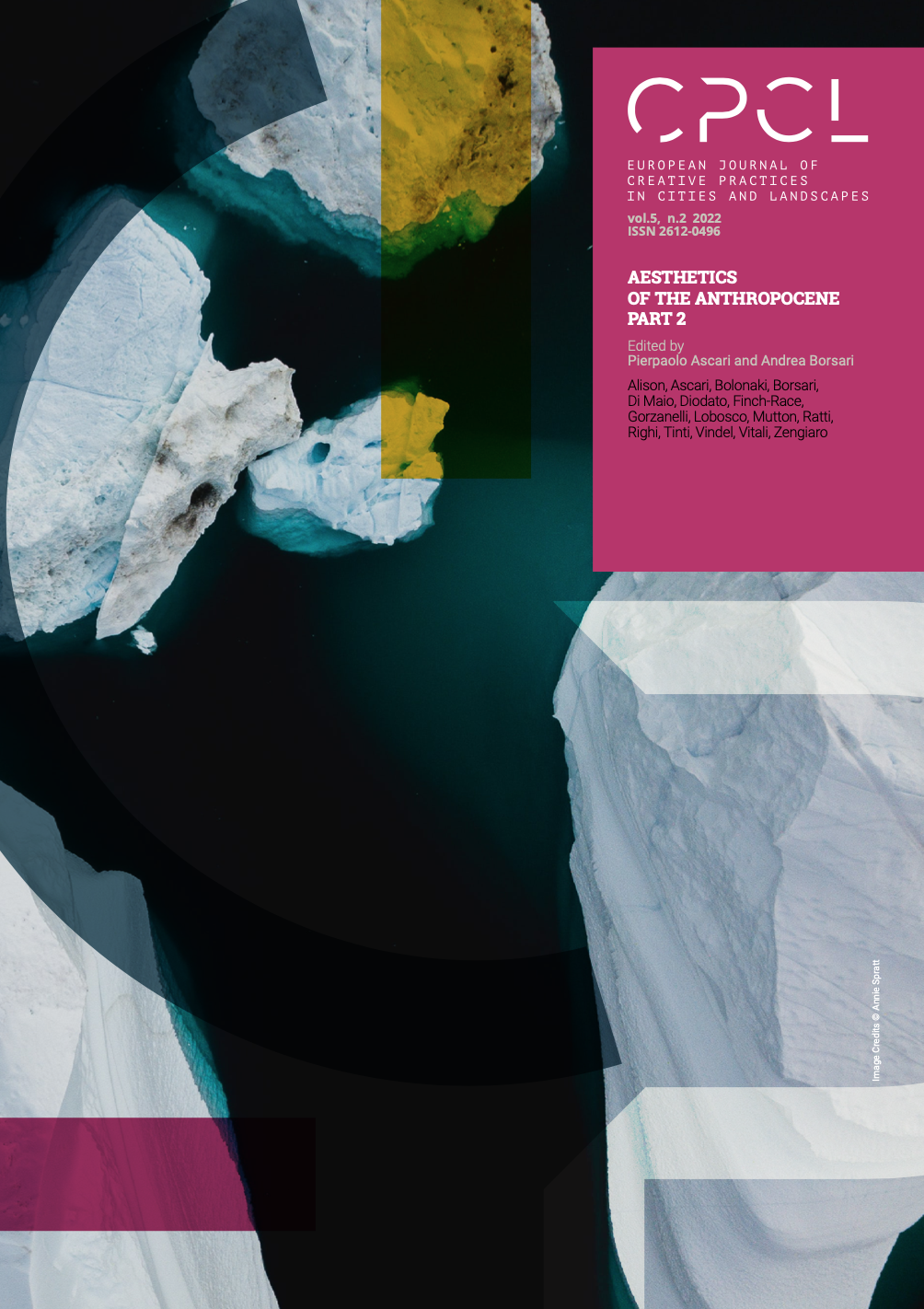[research] Soil of Enterprises. A Critical-Historical Analysis
https://doi.org/10.6092/issn.2612-0496/14775
CPCL Vol. 5 No. 2 (2022): Aesthetics of the Anthropocene, Part 2
Editeurs Pierpaolo Ascari, Andrea Borsari
Article écrit par Federico Diodato
In France, from the 1960s onwards, a tool for productive territorial planning was put into place: the Zone d’Activité Économique (ZAE). As sites reserved for the establishment of enterprises within a given perimeter, outside inhabited centres,
ZAEs have since grown steadily and become one of the major factors responsible for the peri-urbanisation of the French territory. Their impact on soil artificialisation and the fragmentation of agricultural land forces us today to question their ability for the sustainable development of the territory. Can the soil of the activity sites be considered the ‘active operator’ of productive processes, a heritage to be maintained and valued within the economic process?
https://doi.org/10.6092/issn.2612-0496/14775
CPCL Vol. 5 No. 2 (2022): Aesthetics of the Anthropocene, Part 2
Editeurs Pierpaolo Ascari, Andrea Borsari
Article écrit par Federico Diodato
In France, from the 1960s onwards, a tool for productive territorial planning was put into place: the Zone d’Activité Économique (ZAE). As sites reserved for the establishment of enterprises within a given perimeter, outside inhabited centres,
ZAEs have since grown steadily and become one of the major factors responsible for the peri-urbanisation of the French territory. Their impact on soil artificialisation and the fragmentation of agricultural land forces us today to question their ability for the sustainable development of the territory. Can the soil of the activity sites be considered the ‘active operator’ of productive processes, a heritage to be maintained and valued within the economic process?

 📸: Vincent Hoel
📸: Vincent Hoel